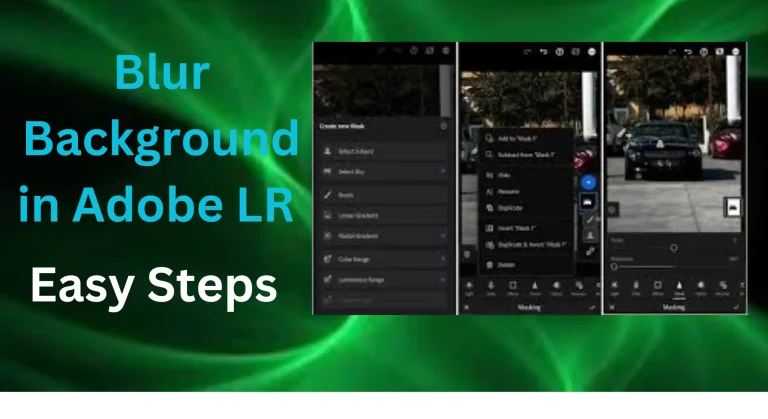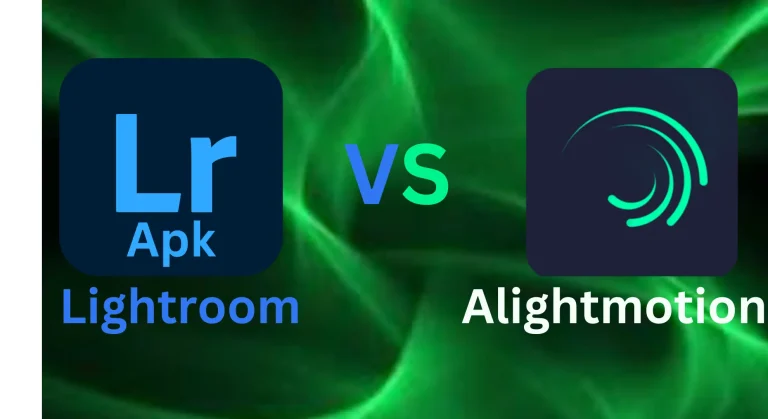Adobe Lightroom For iPad Download Apk
Lightroom for ipad the response to the perennial question surrounding the viability of using an iPad for photo editing is succinct: “it depends.” In my recent travel experience, every photo I captured found its editing needs met through the iPad. While it’s true that Lightroom on the iPad has certain limitations compared to its laptop or desktop counterparts, these constraints were inconsequential for the specific demands of this journey.

The iPad version of Adobe Lightroom, commonly known as Lightroom Mobile, offers a robust suite of editing tools that mirror much of what is available in Lightroom Classic. With its intuitive interface and powerful features, Lightroom Mobile is capable of handling nearly all the tasks that photographers typically perform on the desktop version. This makes it a versatile tool for editing on the go, providing access to a comprehensive range of adjustments, from basic exposure and color corrections to more advanced features like selective adjustments and presets.
However, there are a few specialized functions that Lightroom Mobile does not support, which could be significant for certain professional workflows. These limitations include the absence of advanced file management, tethered shooting capabilities, and some detailed metadata and catalog management features found in Lightroom Classic. Despite these missing elements, for most photographers, especially those focused on quick edits and sharing work from their iPad, Lightroom Mobile offers a compelling alternative that aligns well with a mobile-first approach. In my recent projects, these absent features did not hinder my editing process, demonstrating the app’s ability to cater effectively to a wide range of editing needs.
Lightroom for iPad Editing Tools

White Balance(Temperature and Tint)
- White balance adjustments are crucial for achieving accurate colour representation in your photos.
- Temperature controls the warmth or coolness of the overall image.
- Tint adjusts the green or magenta tint in the photo.
Light (Exposure,Contrast,Highlights,Shadows,Whites,Blacks)
- Exposure modifies the overall brightness of the image.
- Contrast adjusts the difference between light and dark areas.
- Highlights and Shadows control the brightness in the brightest and darkest parts of the image.
- Whites and Blacks set the pure white and black points in the photo
Tone Curve (Overall and Red,Green and Blue Channels)
- The tone curve is a graphical representation of tonal adjustments.
- Overall tone curve affects the entire image.
- Adjusting individual channels (Red, Green, Blue) allows fine-tuning of colour balance.
Colour ( Vibrance,Saturation)
- Vibrance enhances the intensity of muted colours without oversaturating.
- Saturation adjusts the overall colour intensity in the image.
Texture and Clarity
- Texture enhances or softens fine details.
- Clarity increases local contrast, making edges appear more defined.
- Hue, Saturation, and Luminance:
- Allows adjustment of individual colour tones (Hue), colour intensity (Saturation), and brightness (Luminance).
Colour Grading
Adjusting the color balance and tones in the shadows, midtones, and highlights is crucial for achieving a specific look or mood in your photos. This process allows you to fine-tune the overall feel of an image, from creating a warm, nostalgic atmosphere to a cool, dramatic effect, enhancing the emotional impact of your visuals.
Texture, Clarity, Dehaze, and Vignette adjustments offer powerful tools for refining your photos:
- Texture enhances medium-sized details in your image, adding a sense of depth and dimension without overly sharpening finer details.
- Clarity boosts contrast in the midtones, bringing out details and providing a more defined, crisp look to the image.
- Dehaze reduces atmospheric haze or fog, restoring clarity and contrast to images taken in misty or foggy conditions, making your photos appear more vivid and sharp.
- Vignette darkens or lightens the edges of a photo, naturally drawing the viewer’s attention toward the center or a specific focal point, adding artistic flair and focusing the narrative of your shot.
Sharpening and Noise Reduction are essential for ensuring high-quality images:
- Sharpening increases the perceived sharpness of your photo by enhancing the edges and finer details, making the subject stand out more crisply against the background.
- Noise Reduction minimizes unwanted grain or digital noise, which is especially useful in low-light conditions or when shooting at higher ISO settings. This helps maintain image quality and detail, resulting in cleaner and more professional-looking photos.
Together, these adjustments provide photographers with a comprehensive toolkit to enhance their images, ensuring they convey the desired mood, clarity, and visual impact.
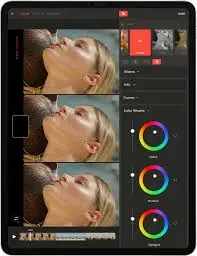
Lightroom for ipad Healing Brush
The ability to remove unwanted elements or blemishes from an image is essential for achieving a polished and professional final product. This feature allows photographers and editors to quickly eliminate distractions or imperfections, ensuring the subject remains the focal point and enhancing the overall composition.
Selective Editing tools, such as the Radial Filter, Linear Filters, and Selective Brush, provide advanced control over specific areas of a photo. These tools enable targeted adjustments, allowing you to fine-tune exposure, contrast, color, and other parameters in localized areas without affecting the entire image. This level of precision is invaluable for correcting lighting imbalances, enhancing details, or creatively drawing attention to certain parts of the photo.
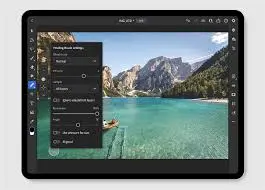
In summary, these tools and adjustments offer photographers and editors a comprehensive suite of controls to refine every aspect of an image. Whether you’re removing distractions, enhancing details, or making targeted adjustments, these capabilities empower you to achieve the desired visual outcome and elevate the quality of your work to a professional standard.
Editing Tools Not Available in Lightroom Mobile
Luminosity Masks
- Luminosity masks are a sophisticated technique used in photo editing to create selections based on the brightness values of an image.
- By generating masks that isolate specific luminosity ranges, editors can target adjustments to highlights, midtones, and shadows separately.
- Luminosity masks provide a precise way to enhance contrast, control exposure, and refine tonal details in different parts of the photograph.
HDR Photo Merging
- High Dynamic Range (HDR) photo merging involves combining multiple exposures of the same scene to capture a broader range of light and detail.
- This technique ensures that both shadow and highlight details are retained, resulting in a more balanced and visually striking image.
- HDR merging is particularly useful in situations with extreme contrast, such as landscapes with bright skies and dark shadows.
Panoramic Photo Merging
- Panoramic photo merging is the process of stitching together multiple images to create a wide-angle or panoramic view.
- This technique allows photographers to capture expansive scenes that may not fit within a single frame.
- Panoramic merging is commonly used in landscape photography, architecture, or any scenario where a wider field of view is desired.
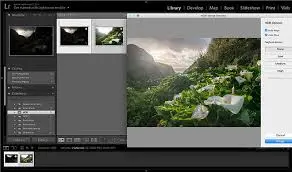
These advanced photo editing techniques, including luminosity masks, HDR photo merging, and panoramic photo merging, offer photographers powerful tools to achieve more nuanced and visually impactful results in their images.

![How to Add Watermarks in Lightroom 2024 [Android, iOS, PC] – Protect Your Photos Across All Devices 6 How to Add Watermarks in Lightroom 2024 [Android, iOS, PC] – Protect Your Photos Across All Devices](https://lrapk.pro/wp-content/uploads/2024/08/LRAPK.Pro-1-768x419.webp)
